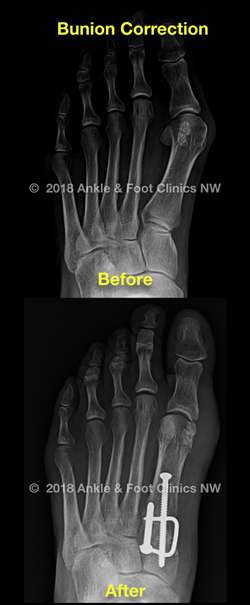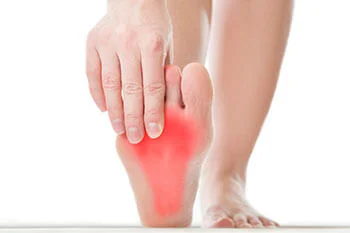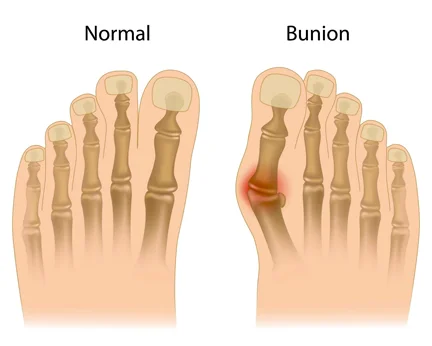Table of Contents
Bunion Surgery - Introduction
Bunions are progressive foot deformities involving the big toe and adjacent first metatarsal bone. When the condition causes chronic inflammation, irritation and pain, surgical correction is often necessary. Surgical removal of a bunion is referred to as bunionectomy. However bunionectomy rarely involves simple bump removal due to the complex nature of the condition.
Bunion Surgery Categories
Bunion surgeries fall into two major categories:
- Head procedures that treat the big toe joint. In a head procedure bunionectomy, the bone is bud behind the joint, moved into its proper position, and fixed in place with a screw or pin. Head procedures are often used for patients who cannot be immobilized for long periods of time.
- Base procedures concentrate on the bone near or behind the big toe joint. Different types of base procedures are conducted depending on the nature of the deformity. These range from cutting a wedge out of the bone, placing a curved cut, or fusing the base joint. All procedures involve reduction of the deformed part into a more corrected position.
Factors That Impact Success
There are three important factors that impact the sucess of bunion surgery:
- Choose a surgeon with extensive experience with bunionectomies. Because a deep understanding of the biomechanics of each patient’s foot, as well as the intricacies of each surgical option is needed, surgeons with more experience at doing bunionectomies are better able to help each patient achieve the best outcome. The correction should be individually tailored to each foot. The same technique does not work for all situations because of various deformity patterns.
- Be realistic in your expectations about what a bunionectomy can accomplish. No physician can guarantee that a bunion won’t recur or that a patient will be absolutely pain-free. Additionally, because of the complexity of the foot structures impacted by a bunion, patients may never be able to wear narrow fashionable shoes. Bunion surgery can reduce or eliminate the bone deformity, improve foot alignment and function, and prevent damage to other toes, but it does have its limitations. Be sure you understand the limitations of the procedure before opting for this surgery.
- Bunion surgery is not a magic bullet. Surgery alone may not be all that is needed to achieve you best outcome. After surgery, many patients experience long healing and recovery times, and often patients have to complete physical therapy. Additionally, you may need a corrective custom orthotic device on an ongoing basis to help protect the corrected alignment.

What to Do Next?
If you or someone you know is experiencing pain or discomfort in the ankle region, seek out the help of a podiatrist for a proper diagnosis and treatment regime. Contact us today to schedule an appointment.




